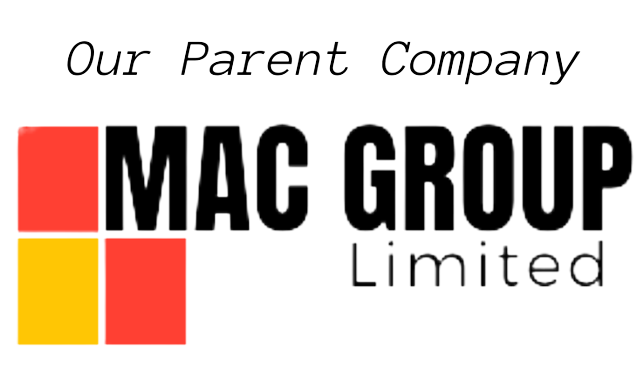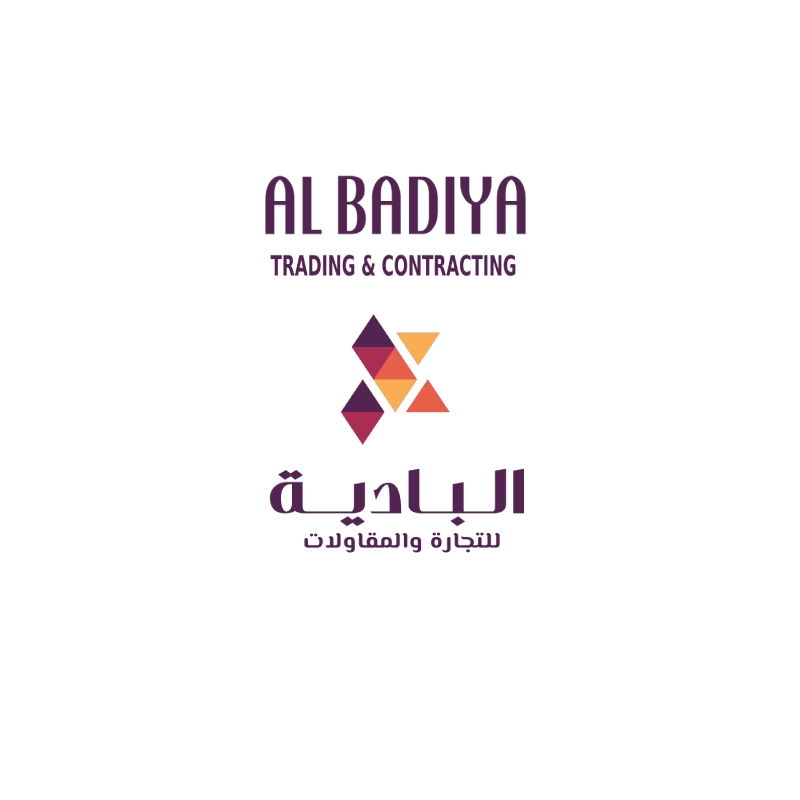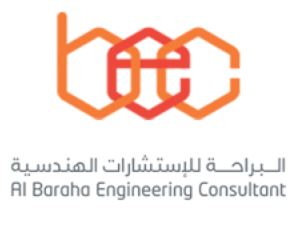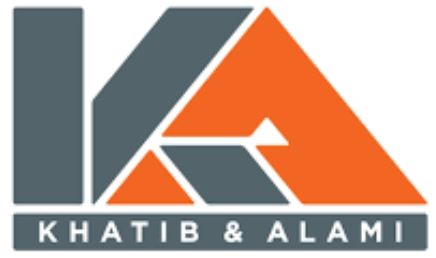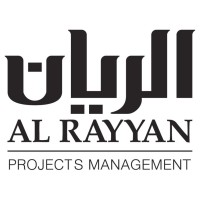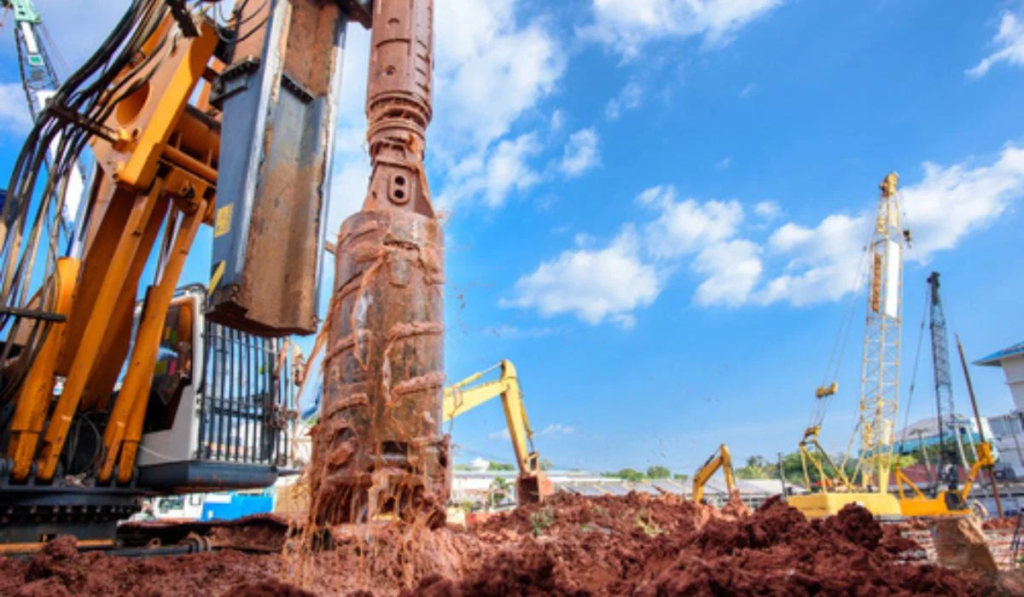
You might have been seeing this heavy equipment at the construction project and keep wondering what is piling machine and what are it’s uses at the site.
Construction projects often require deep foundations, and piling is a popular method to achieve this. Piling involves driving piles into the ground to provide structural support and stability. While manual piling can be time-consuming and labor-intensive, using a piling machine can make the process much more efficient.
Piling machines are specialized equipment designed to drive piles into the ground quickly and accurately. They come in various sizes and styles to accommodate different types of soil and project requirements. This article will take a closer look at piling machines, their benefits, and their applications in the construction industry.
What is Piling Machine?
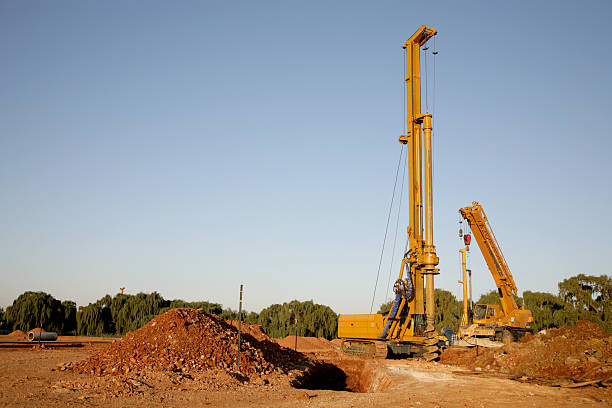
A piling machine is a piece of heavy construction equipment used to drive piles (vertical columns of materials such as steel, concrete or wood) into the ground to support structures such as buildings, bridges, and other large structures. Piling machines are typically used to construct foundation structures for high-rise buildings, ports, bridges, and other large infrastructure projects.
Several piling machines include hydraulic pile drivers, vibratory hammers, and impact hammers. Hydraulic pile drivers use hydraulic power to drive piles into the ground, while vibratory hammers use vibrations to loosen the soil and drive the pile down. Impact hammers use a large weight to strike the pile and force it into the ground.
Piling machines are highly specialized equipment requiring skilled operators to ensure safe and efficient operation. They can be operated on land or water and are often used with other construction equipment, such as cranes and excavators.
Types of Piling Machines
There are several types of piling machines, including:
- Diesel hammer: A diesel hammer uses a diesel engine to power the piston that drives the pile into the ground.
- Vibratory hammer: A vibratory hammer uses an eccentric weight to create vibrations that help to drive the pile into the ground.
- Hydraulic hammer: A hydraulic hammer uses pressure to power the piston that drives the pile into the ground.
- Auger: An auger uses a rotating screw-like drill to bore a hole into the ground, then filled with concrete to create a foundation.
- Driven pile: A driven pile is simply a large, heavy steel or concrete pole driven into the ground using a drop or hydraulic hammer.
- Jack-in pile: A jack-in pile uses hydraulic jacks to push the pile into the ground while monitoring the resistance of the soil to ensure that the pile is installed correctly.
- Sheet pile: A sheet pile is a long, thin section of steel or concrete driven into the ground to create a retaining wall or foundation support.
How to use it Piling Machine.
Using a piling machine involves several steps, and the exact process may vary depending on the type of piling machine and the type of piles being driven. Here is a general overview of the steps involved in using a piling machine:
- Prepare the work area: Clear where the piling machine will be used, and make sure the ground is stable and level. If the machine is used in water, set up any necessary barriers or floats.
- Position the piling machine: Move the piling machine into position using a crane or other equipment as necessary. Make sure the machine is aligned correctly and securely anchored.
- Attach the pile: Attach the pile to the piling machine using the appropriate equipment, such as a clamp or leader.
- Drive the pile: Start the piling machine and drive the pile into the ground. Depending on the type of machine and pile, this may involve hydraulic pressure, vibration, or impact.
- Monitor progress: Watch the progress of the pile as it is driven into the ground. Adjust the machine to ensure the pile is driven to the correct depth and angle.
- Complete the pile: Once it has been driven to the correct depth, disconnect it from the machine and move on to the next pile.
Benefits
Here are five benefits of using a piling machine in construction and engineering projects:
- Piling machines are designed to work quickly and efficiently, helping to reduce project timelines and costs. They can drive piles quickly and accurately, which can help to speed up construction timelines and reduce labour costs.
- Piling machines are exact, enabling them to place piles in the precise position and depth required for the project. It ensures that the foundation structures are strong and stable, which can help to improve the safety and longevity of the building or structure.
- Piling machines use various techniques to drive piles, including hydraulic pressure, vibration, and impact. It can help reduce the noise and vibration associated with traditional pile driving methods, which can disrupt nearby communities and the environment.
- Piling machines are available in various types and sizes, making them suitable for construction and engineering projects. They can be used in both land and marine environments and can be adjusted to accommodate a variety of soil and ground conditions.
- Piling machines are designed to minimise the impact on the environment. They produce less noise and vibration than traditional pile driving methods and can help to reduce soil disturbance and other environmental impacts. Additionally, they can use various sustainable pile materials, including recycled materials and sustainably harvested timber.

Applications.
Piling machines are used in various construction and engineering projects, particularly those that require strong and stable foundation structures. Some typical applications of piling machines include:
- Building foundations: Piling machines are often used to construct large buildings to create deep and strong foundations that can support the structure’s weight.
- Bridges and highways: Piling machines are used to build the foundations for bridges and roads and to retain walls and sound barriers along roadways.
- Marine construction: Piling machines are used in constructing ports, harbours, and other marine structures that require strong foundation structures to withstand the forces of water and waves.
- Oil and gas drilling: Piling machines support drilling rigs and other equipment in the oil and gas industry.
- Wind energy: Piling machines are used to construct wind turbines, which require deep and stable foundations to support the turbine’s weight and withstand the wind forces.
- Infrastructure projects: Piling machines are used in a wide range of other infrastructure projects, including dam and levee construction, sewer and water line installation, and the construction of large-scale public works projects.
FAQs
What is a piling machine?
A piling machine is a specialized construction equipment designed to drive piles into the ground to support structures. These machines come in various sizes and types and are used to create deep foundations in different soil and terrains.
What are the types of piling machines?
There are various piling machines, including diesel hammers, hydraulic hammers, vibratory pile drivers, and auger-driven piling machines. Each type has unique features and advantages, depending on the type of soil, the length of the piles, and other factors.
What are the benefits of using a piling machine?
Using a piling machine in construction projects provides several benefits, such as saving time and labour costs, improving the accuracy and precision of pile installation, and reducing the noise and vibration levels on the site. Piling machines also allow for deep, stable foundations that withstand heavy loads and adverse weather conditions.
How to choose a suitable piling machine for a project?
Choosing the suitable piling machine depends on several factors, including the type of soil, the length and diameter of the piles, the required driving force, and the project budget. It’s essential to consult with an experienced contractor or engineer to assess the project’s needs and select the most suitable piling machine for the job.
Credit: Housing.



